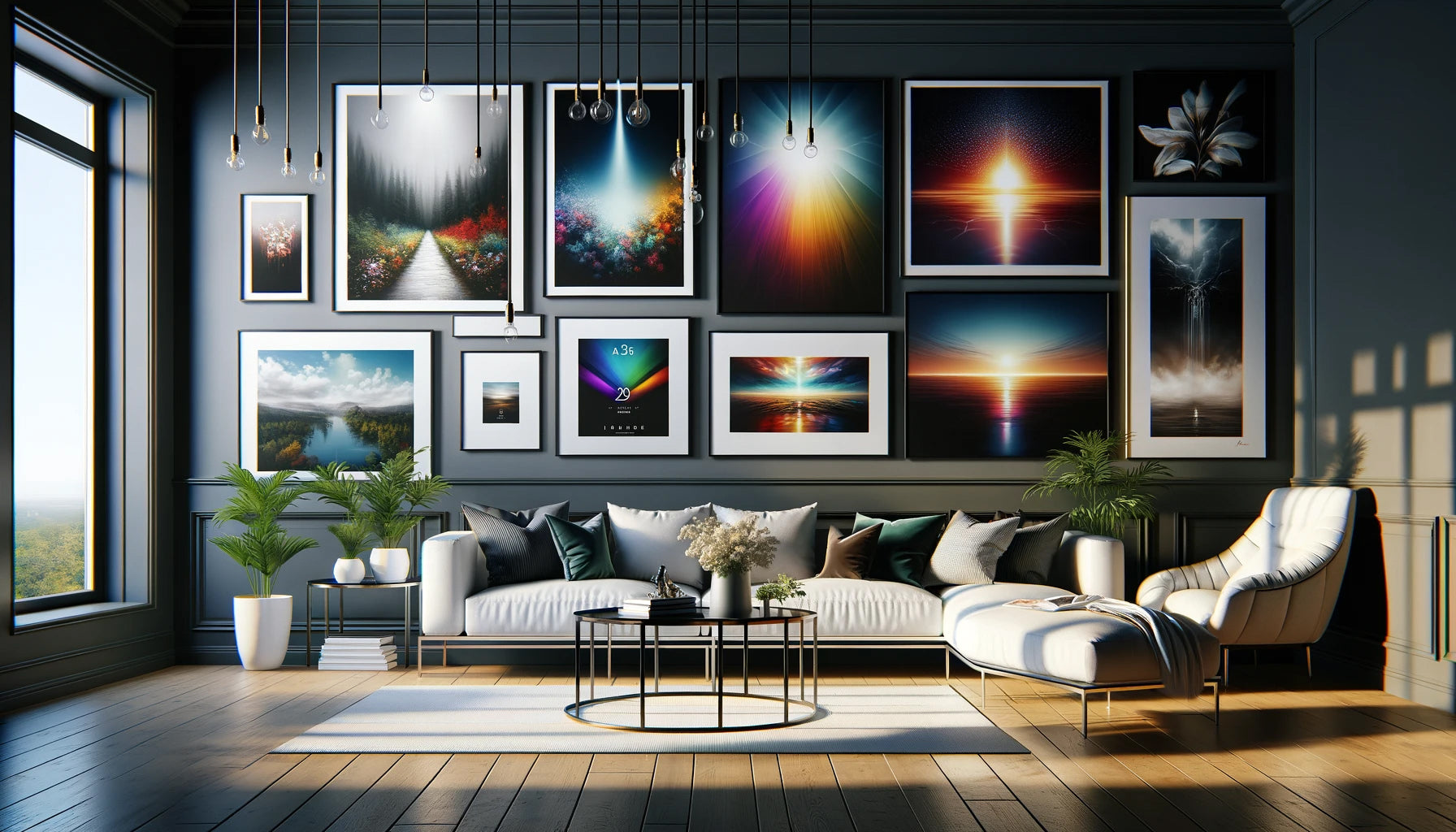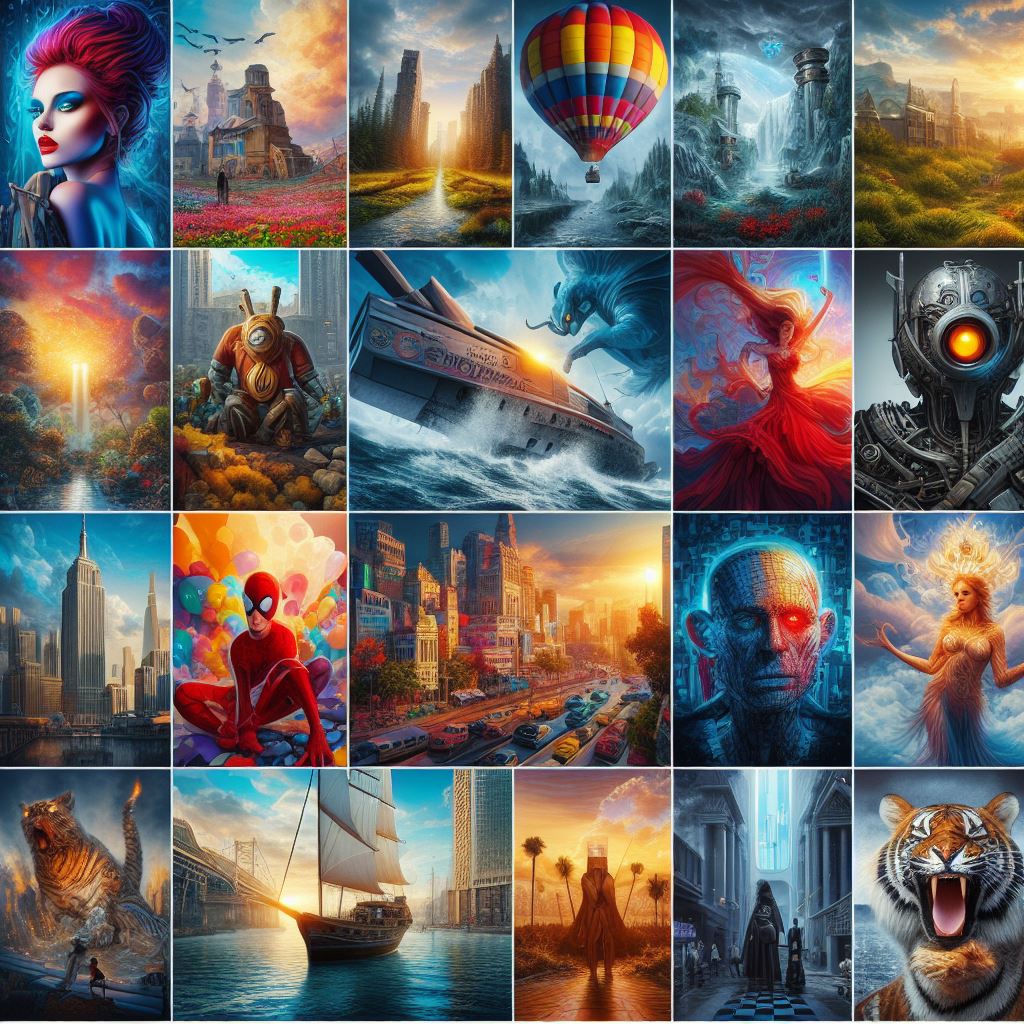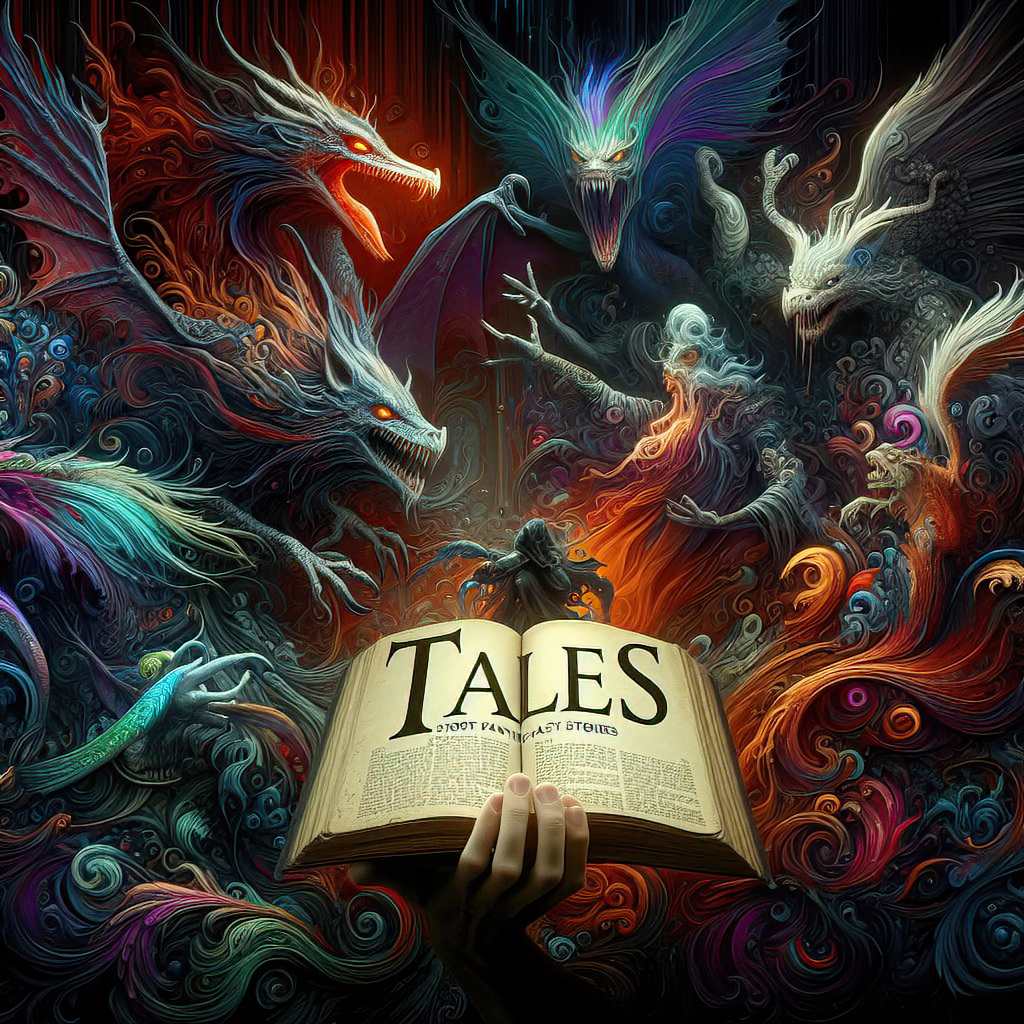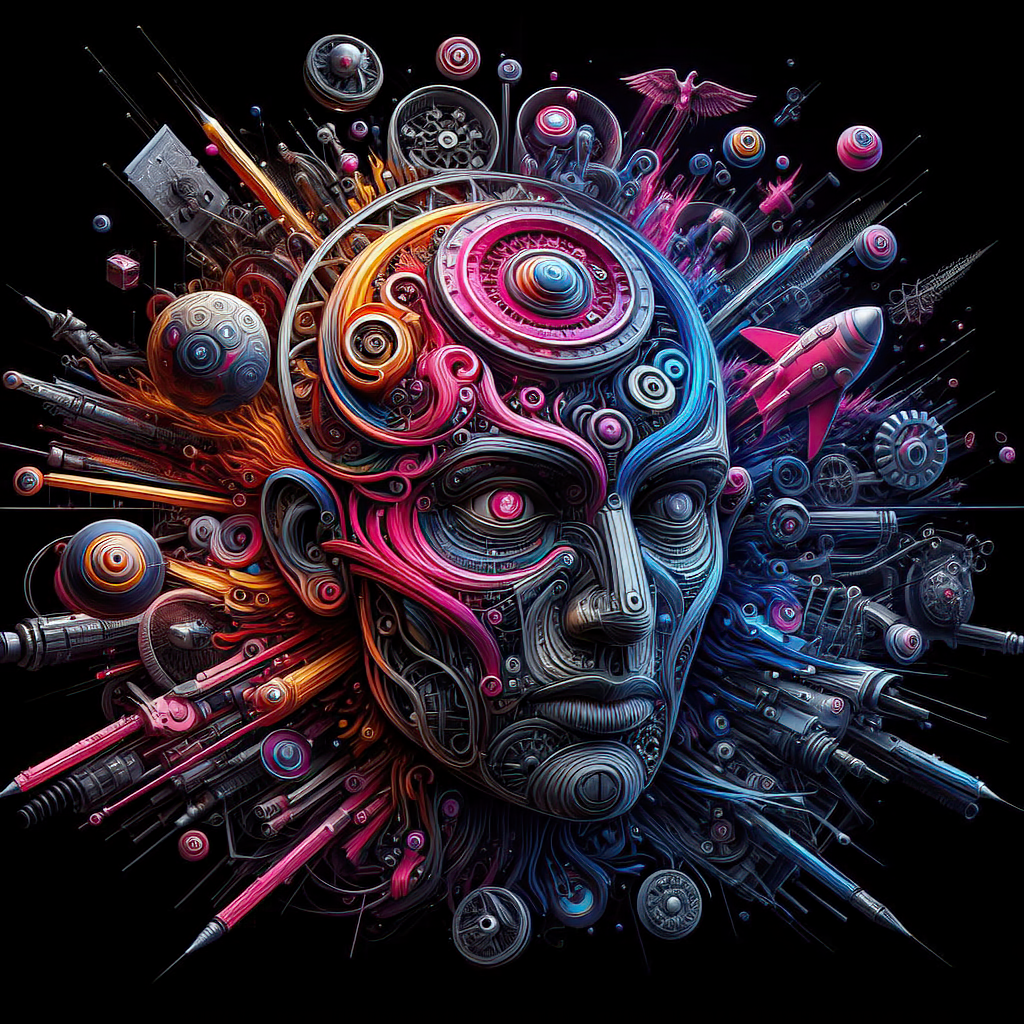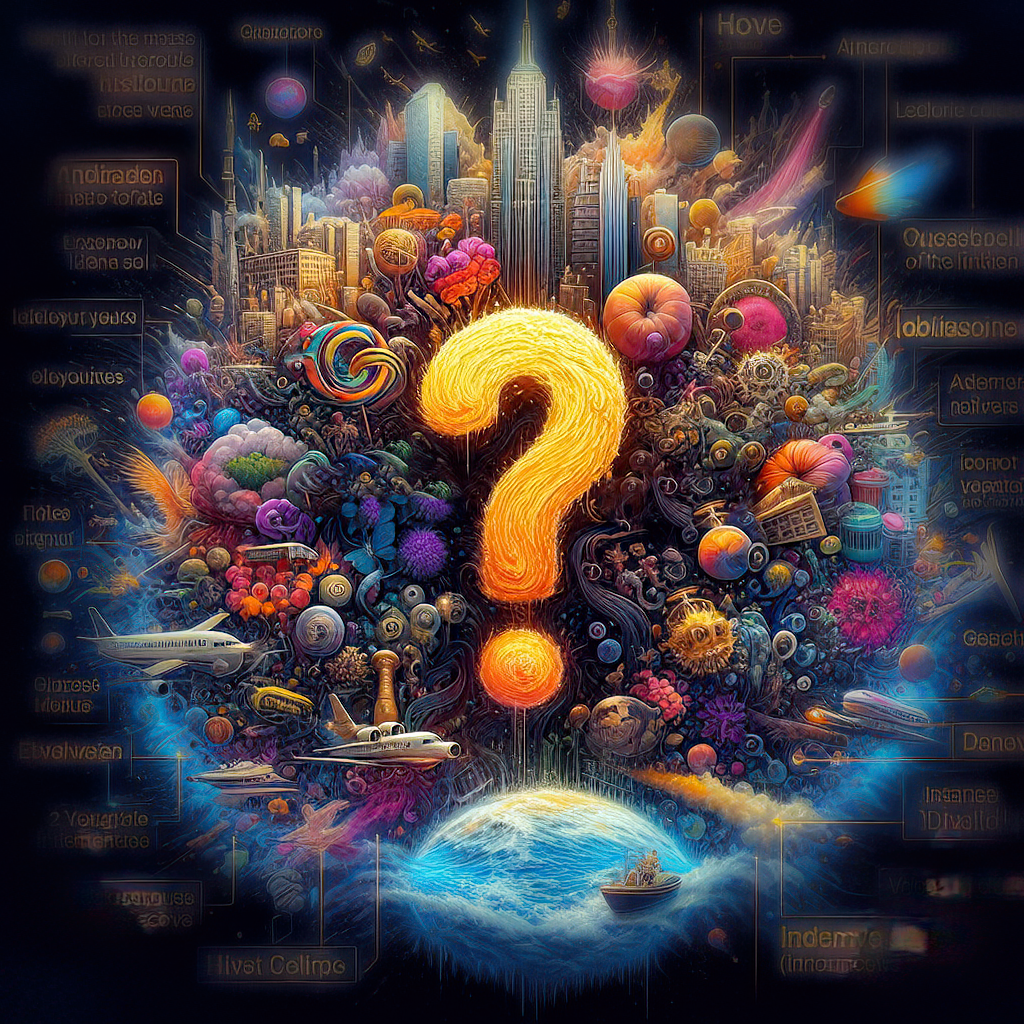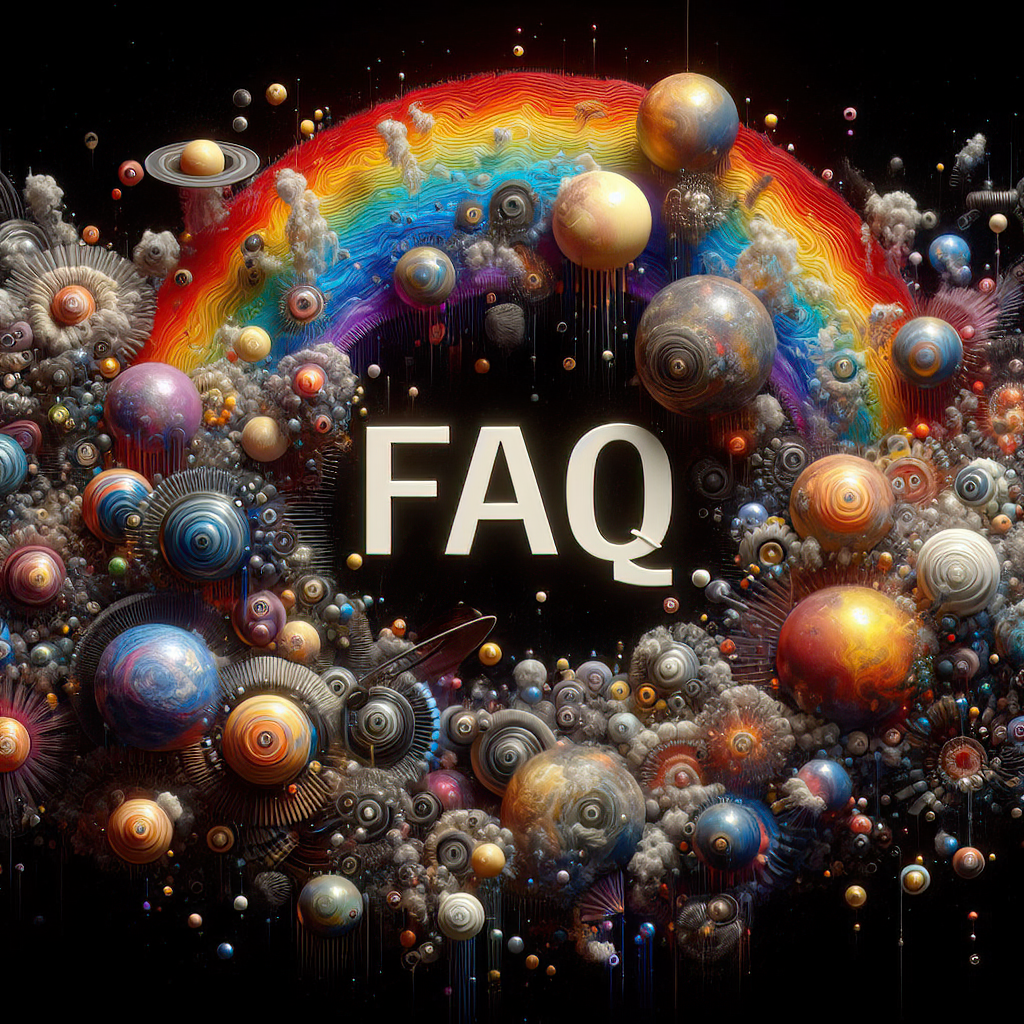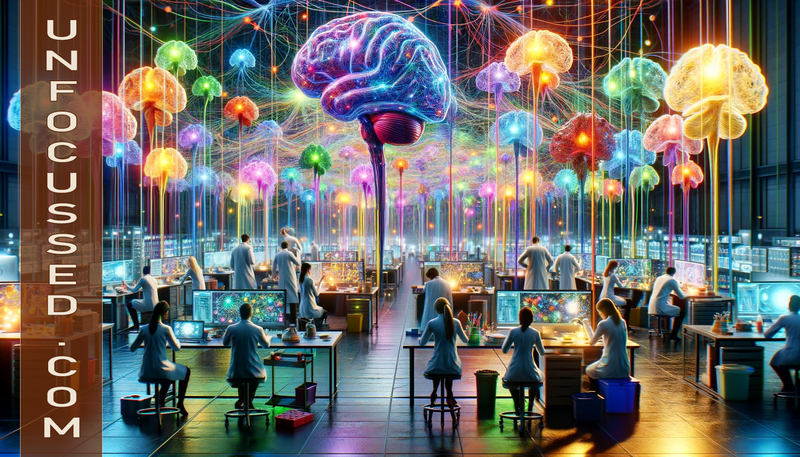
by Bill Tiepelman
The Science Behind Creative Thinking
The dance of neurons in our brains choreographs the ballet of creative thinking, a performance as mysterious as it is mesmerizing. In the realm where neuroscience and creativity embrace, we discover that the genesis of an idea can be as fascinating as the idea itself. This exploration delves into the threads of imagination woven into the fabric of our minds, highlighting the role of neuroplasticity and innovation. Unlocking the Mysteries of the Mind The intricate interplay between different brain regions orchestrates the magic of creativity. The default mode network, known for its activity during periods of rest, serves as the backstage for creativity, offering insights into how our brains refine and connect ideas in unexpected ways. This understanding underscores the importance of fostering environments that enhance creativity. The Role of Neuroplasticity Neuroplasticity, the brain's ability to rewire itself, plays a pivotal role in fostering creativity. Every new experience, every piece of knowledge, and every emotion can alter the brain's structure, enhancing its capacity to generate novel ideas. This adaptability underscores the importance of nurturing our minds with diverse experiences and challenges, laying the groundwork for bursts of creative genius. The Creative Brain at Rest Interestingly, some of the most profound creative insights occur when we least expect them, highlighting the unexpected nature of the creative process and the default mode network's role in creativity. This neural behind-the-scenes work emphasizes the value of stepping back, allowing our minds to explore the boundless landscapes of imagination. Fostering Creativity Through Practice Creativity is not the exclusive domain of the so-called "creative types." It's a muscle that can be strengthened with practice. Engaging in creative activities, embracing curiosity, and allowing ourselves the freedom to fail are crucial steps on the path to enhancing our creative capacities. Science shows that as we immerse ourselves in the process of creation, our brains become more adept at navigating the complexities of creative thought. Environments That Spark Creativity Our environments play a significant role in influencing our creative output. Spaces that are open, filled with natural light, and offer a connection to nature can stimulate our creative thinking. Similarly, environments that encourage collaboration and the free exchange of ideas can amplify our creative abilities. The key is to find or create an environment that resonates with our personal creative rhythm and allows our ideas to flow freely. Technology and Creative Thought Advancements in technology, especially AI and the creative process, are reshaping how we think about creativity. Tools that assist in generating ideas and executing complex designs have become invaluable. This symbiosis between human creativity and technology opens new avenues for exploration, challenging us to rethink the boundaries of technology in art, including the use of virtual reality in art and 3D printing in design. The democratization of art through technology allows individuals without access to traditional resources to express their creativity, contributing to a richer, more diverse cultural landscape. Furthermore, the emergence of AI as a co-creator in the arts prompts a reevaluation of the nature of creativity and the human element in artistic expression. The Interplay Between Emotion and Creativity Emotions play a crucial role in the creative process, serving both as a catalyst and a barrier to creative thought. Positive emotions like joy and excitement can fuel creativity, inspiring us to explore and take risks. Conversely, negative emotions, while often seen as hindrances, can also deepen creative work, lending it authenticity and depth. Understanding the emotional landscape of creativity offers valuable insights into how we can harness our feelings to enhance our creative output. Cross-Disciplinary Inspiration Creativity thrives at the intersection of disciplines. When we step outside our comfort zones and explore fields unrelated to our own, we open ourselves up to new ideas and perspectives. This cross-pollination of concepts and techniques enriches our creative endeavors, enabling us to produce work that is both innovative and diverse. The fusion of art and science, technology and humanities, illustrates the boundless potential of creative thinking when boundaries are blurred. As we navigate the future of creativity, it's clear that the synergy between human imagination and technological innovation will continue to push the boundaries of what's possible, leading to an era where cross-disciplinary creativity and the democratization of art flourish. The science behind creative thinking not only unveils the mysteries of the mind but also empowers us to explore the vast expanse of human imagination.
